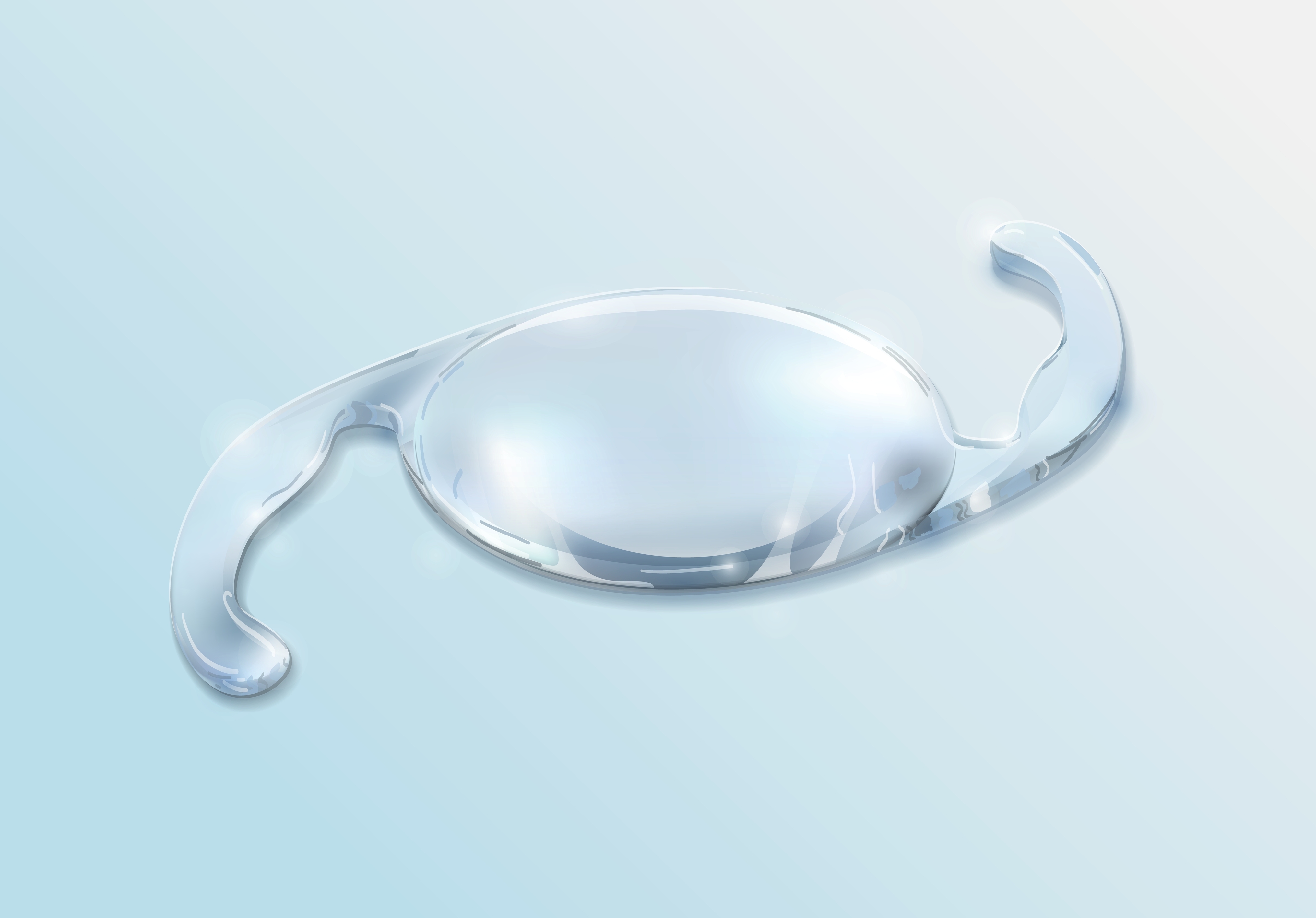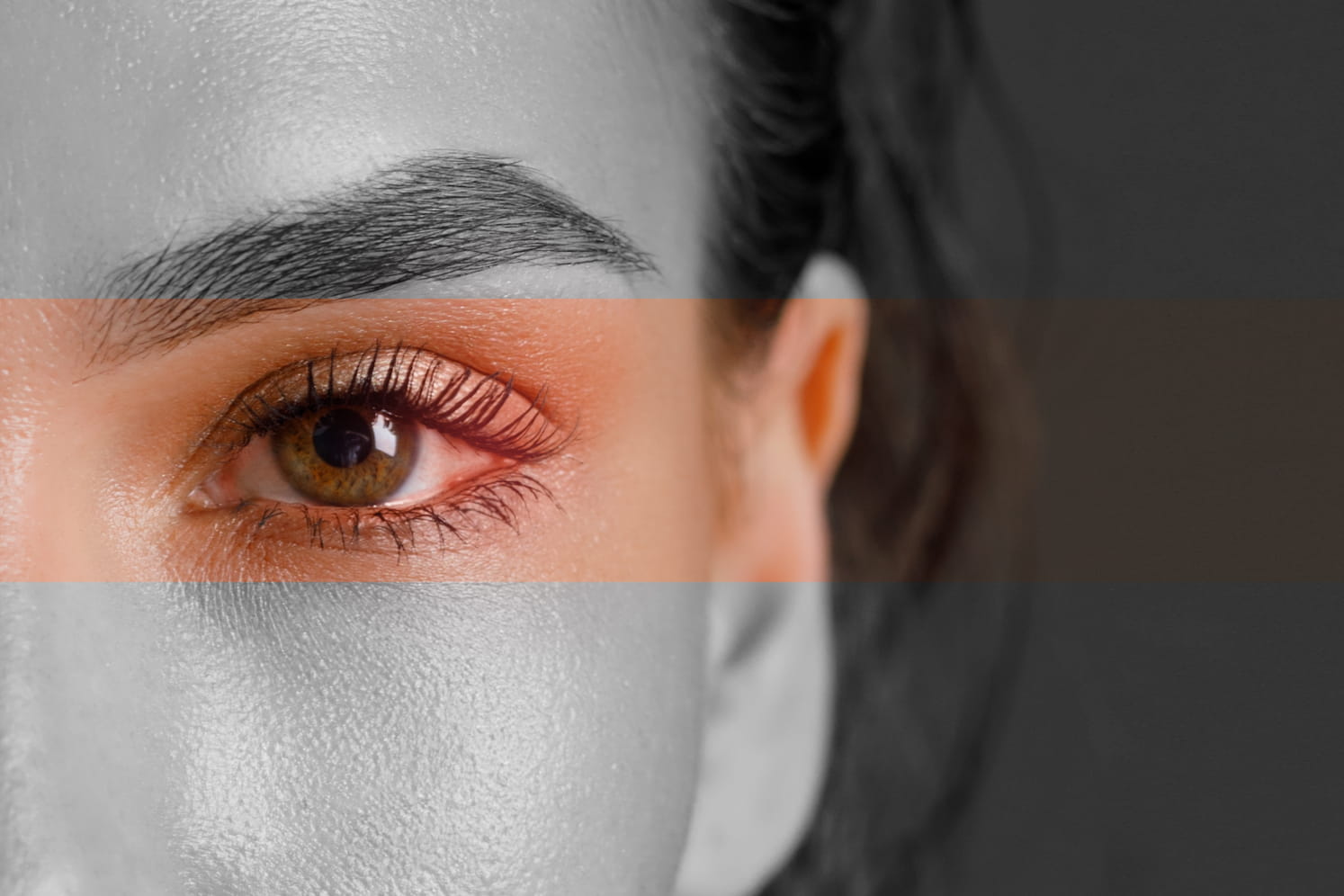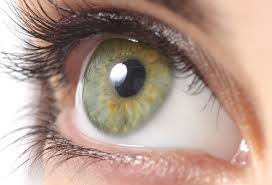
Type of Cataract Lenses
Cataract surgery in Turkey is a common procedure that helps improve vision for individuals with cataracts. During the surgery, the cloudy natural lens is removed and replaced with an artificial lens, known as an intraocular lens (IOL). There are several types of lenses available for cataract surgery, and selecting the right one can be overwhelming. Understanding cataract lens types is crucial for making informed decisions about your vision and the outcome of the surgery.
In this article, we will discuss the three main types of cataract lenses, their prices, and the materials they are made of.
Types of Lenses for Cataract Surgery
The three main types of cataract lenses are monofocal, multifocal, and toric lenses. Cataract lens types play a crucial role in determining the vision outcomes of eye surgery in Turkey. Monofocal lenses, the standard type used, provide clear vision at a single distance, either near, intermediate or far.
If you choose a monofocal lens for near vision, you will need glasses for intermediate and far vision. Similarly, if you choose a monofocal lens for far vision, you will need glasses for near and intermediate vision. Understanding these aspects is essential when considering cataract lens replacement options.
Multifocal lenses are a newer type of lens that provides clear vision at different distances, without the need for glasses. These lenses contain multiple focal points, allowing the eye to adjust and see clearly at varying distances. However, some individuals may experience reduced visual quality and halos around lights, making it important to weigh the pros and cons of multifocal lenses when exploring cataract lens types.
Toric lenses are designed to correct astigmatism, a condition where the cornea is misshapen, causing blurry or distorted vision. Toric lenses are available in both monofocal and multifocal varieties and can correct astigmatism while also providing clear vision at a distance or multiple distances. When considering cataract lens replacement, individuals with astigmatism may find toric lenses beneficial for addressing both cataracts and astigmatism.
3 Types of Cataract Lenses
There are three main types of cataract lenses available for cataract surgery: monofocal, multifocal, and toric lenses. Each type has its own unique benefits and considerations. When discussing lens options for cataract surgery, individuals should explore the features of each type to make an informed decision based on their visual needs and lifestyle preferences.Individuals opting for monofocal lenses may need cataract glasses for specific activities like reading or close-up tasks.
Monofocal Lenses
Monofocal lenses are the most commonly used lenses for cataract surgery. They provide clear vision at a single distance, typically distance vision, and may require glasses or contact lenses for reading or other close-up tasks. Monofocal lenses are available in standard and toric varieties. Standard monofocal lenses are spherical in shape and correct for distance vision, while toric monofocal lenses are designed to correct for astigmatism in addition to distance vision.
Multifocal Lenses
Multifocal lenses are designed to provide clear vision at multiple distances, eliminating the need for glasses or contact lenses in many situations. They work by using different areas of the lens to focus light at different distances. While multifocal lenses can offer great visual acuity, they may cause some visual disturbances such as halos or glare. Multifocal lenses are not covered by insurance and are typically more expensive than monofocal lenses. Some individuals may still find cataract glasses beneficial for specific activities or tasks.
Toric Lenses
Toric lenses are designed to correct astigmatism, which is a common refractive error that causes blurred or distorted vision. They are available in both monofocal and multifocal varieties. Toric lenses are typically recommended for individuals with high levels of astigmatism, as they can provide clear vision without the need for glasses or contact lenses. Like multifocal lenses, toric lenses are not covered by insurance and are typically more expensive than standard monofocal lenses.
Cataract lens replacement patients have a variety of lens options to choose from, including monofocal, multifocal, and toric lenses. Each cataract lens type has its own unique benefits and considerations, and the best choice will depend on the individual’s visual needs and preferences. It is important to discuss the various cataract lens types with your ophthalmologist to determine the best lens for your specific needs. When considering the lens options for cataract surgery, your eye surgeon will help you choose the most suitable lens based on your individual needs and preferences.
Cataract Lens Price
The cost of cataract surgery and lenses can vary depending on several factors, including the cataract lens types used, the surgeon’s experience, and the location of the surgery. As mentioned earlier, monofocal lenses are the most affordable of the three types, with an average cost of $1,000 to $1,500 per eye. Multifocal lenses are more expensive, with prices ranging from $1,500 to $3,000 per eye. Toric lenses are also more expensive than monofocal lenses, with prices ranging from $2,000 to $3,500 per eye.
What is the Newest Lens for Cataract Surgery?
The cost of cataract surgery and lenses can vary depending on several factors, including the cataract lens types used, the surgeon’s experience, and the location of the surgery. As mentioned earlier, monofocal lenses are the most affordable of the three types, with an average cost of $1,000 to $1,500 per eye. Multifocal lenses are more expensive, with prices ranging from $1,500 to $3,000 per eye. Toric lenses are also more expensive than monofocal lenses, with prices ranging from $2,000 to $3,500 per eye.
Best Cataract Lens for High Myopia
High myopia is a condition in which the eye is elongated, resulting in blurred distance vision. It is a common condition that affects many people, and it can be corrected with cataract lens types surgery. When it comes to choosing the best cataract lens types for high myopia, there are a few options to consider.
Toric Lenses: Toric lenses are designed to correct astigmatism, which is a common condition that often coexists with myopia. These lenses are shaped differently from traditional spherical lenses and are able to correct for astigmatism by aligning the light that enters the eye. Toric lenses are available in both monofocal and multifocal varieties, and they are often recommended for individuals with high levels of astigmatism. While toric lenses can address astigmatism, individuals with myopia may still need cataract glasses for optimal vision.
Aspheric Lenses: Aspheric lenses are designed to mimic the shape of a healthy human eye, which can provide clearer vision and reduce the risk of visual aberrations such as halos or glare. These lenses are available in both monofocal and multifocal varieties, and they are often recommended for individuals with high myopia who may still require cataract glasses for optimal vision.
Extended Depth of Focus (EDOF) Lenses: EDOF lenses are a newer type of lens that provide a continuous range of vision from distance to intermediate distances. These lenses are designed to reduce the need for glasses or contact lenses after cataract surgery, and they may be a good option for individuals with high myopia who want to reduce their dependence on corrective eyewear. When exploring lens options for cataract surgery, individuals with high myopia should consider discussing EDOF lenses with their eye surgeon for a comprehensive evaluation.
There are several cataract lens types to consider when choosing the best cataract lens types for high myopia. Toric lenses are often recommended for individuals with high levels of astigmatism, while aspheric lenses can provide clearer vision and reduce the risk of visual aberrations.
EDOF lenses are a newer option that can provide a continuous range of vision, which may be appealing to individuals who want to reduce their dependence on corrective eyewear. It is important to discuss the various cataract lens types with your ophthalmologist to determine the best cataract glasses for your specific needs.
The Study of Cataract Lenses Type
A comprehensive study published in the Journal of Ophthalmology in 2022 examined the post-operative outcomes of cataract surgery patients who received different cataract lens types, including monofocal, multifocal, and toric lenses. The study, conducted across multiple eye clinics in Turkey, found that patients who received toric lenses experienced a significant improvement in visual acuity, particularly those with high myopia. Additionally, the study reported that patients who opted for multifocal lenses reported higher overall satisfaction with their vision compared to those with monofocal lenses. These findings highlight the real-world benefits of choosing specific cataract lens types based on individual visual needs and conditions.
Standard vs. Premium Lens for Cataract Surgery
When considering cataract surgery, you will have the option of choosing between a standard and a premium lens. Standard lenses are the most commonly used and are covered by insurance. They provide clear vision at a single distance and are available in monofocal and toric varieties.
Premium lenses, on the other hand, are not covered by insurance and are more expensive than standard lenses. They are available in multifocal and toric varieties and provide clear vision at multiple distances. Premium lenses can also correct astigmatism and reduce the need for cataract glasses. While premium lenses offer many benefits, they are not suitable for everyone and may not be the best option for individuals with certain eye conditions.
What are Cataract Lenses Made of?
Cataract lenses are typically made of silicone or acrylic materials. These materials are biocompatible, meaning they are not rejected by the body’s immune system. Silicone lenses are known for their flexibility and durability and are often preferred for their ability to withstand trauma to the eye. Acrylic lenses, on the other hand, are known for their clarity and ability to provide clear vision. When considering cataract lens replacement, individuals should discuss the material options with their eye surgeon to determine the most suitable choice for their specific needs.
In summary, cataract surgery is a common procedure that can significantly improve vision. There are three main types of cataract lenses available, monofocal, multifocal, and toric lenses. The newest intraocular lens for cataract surgery is the Symfony lens, which provides clear vision at both near and far distances.
Toric lenses are often recommended for individuals with high myopia after vision check up, and premium lenses can provide additional benefits such as correction of astigmatism and reduced dependence on glasses. When choosing lens options for cataract surgery, it is important to consider factors such as cost, visual acuity, and any pre-existing eye conditions.



